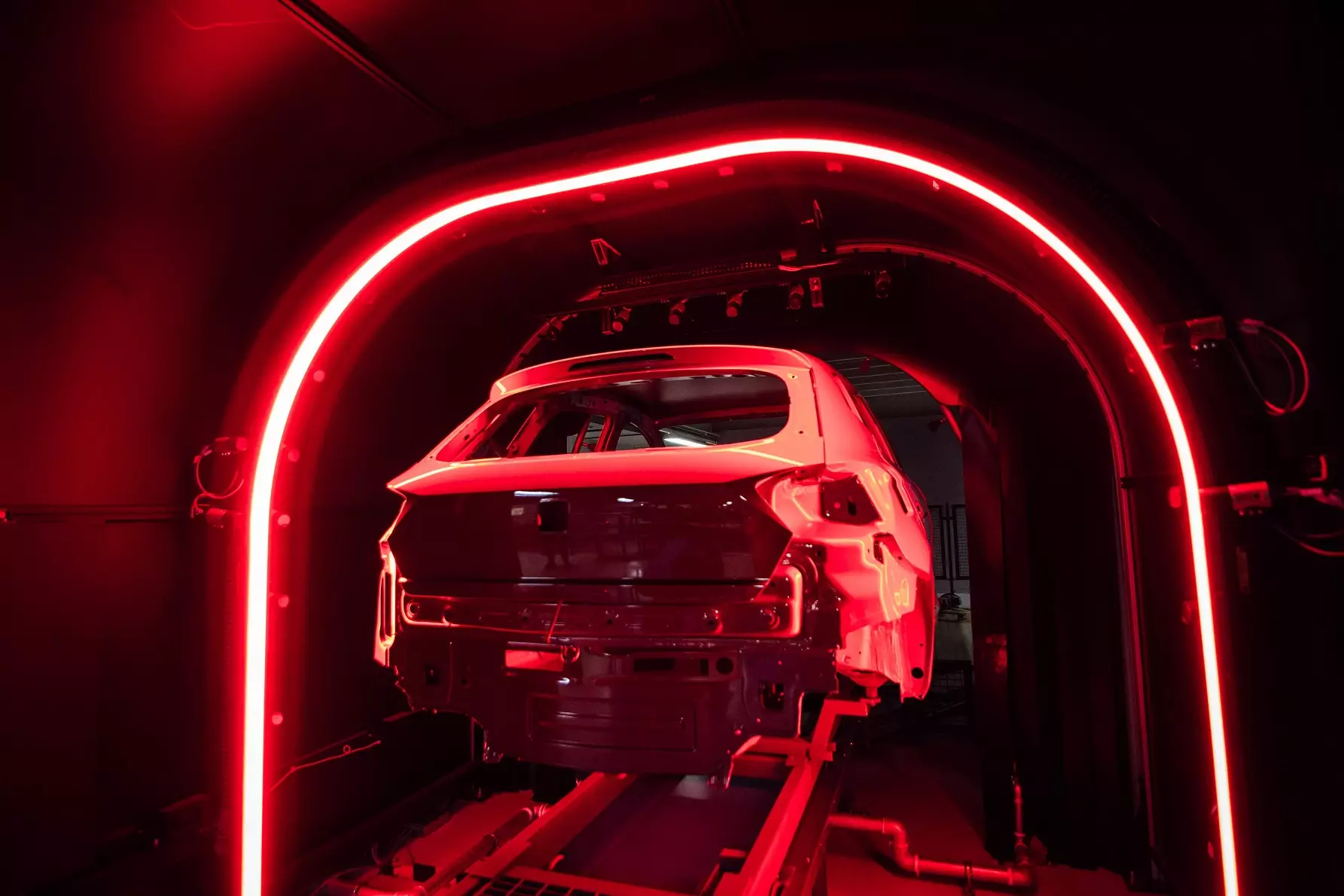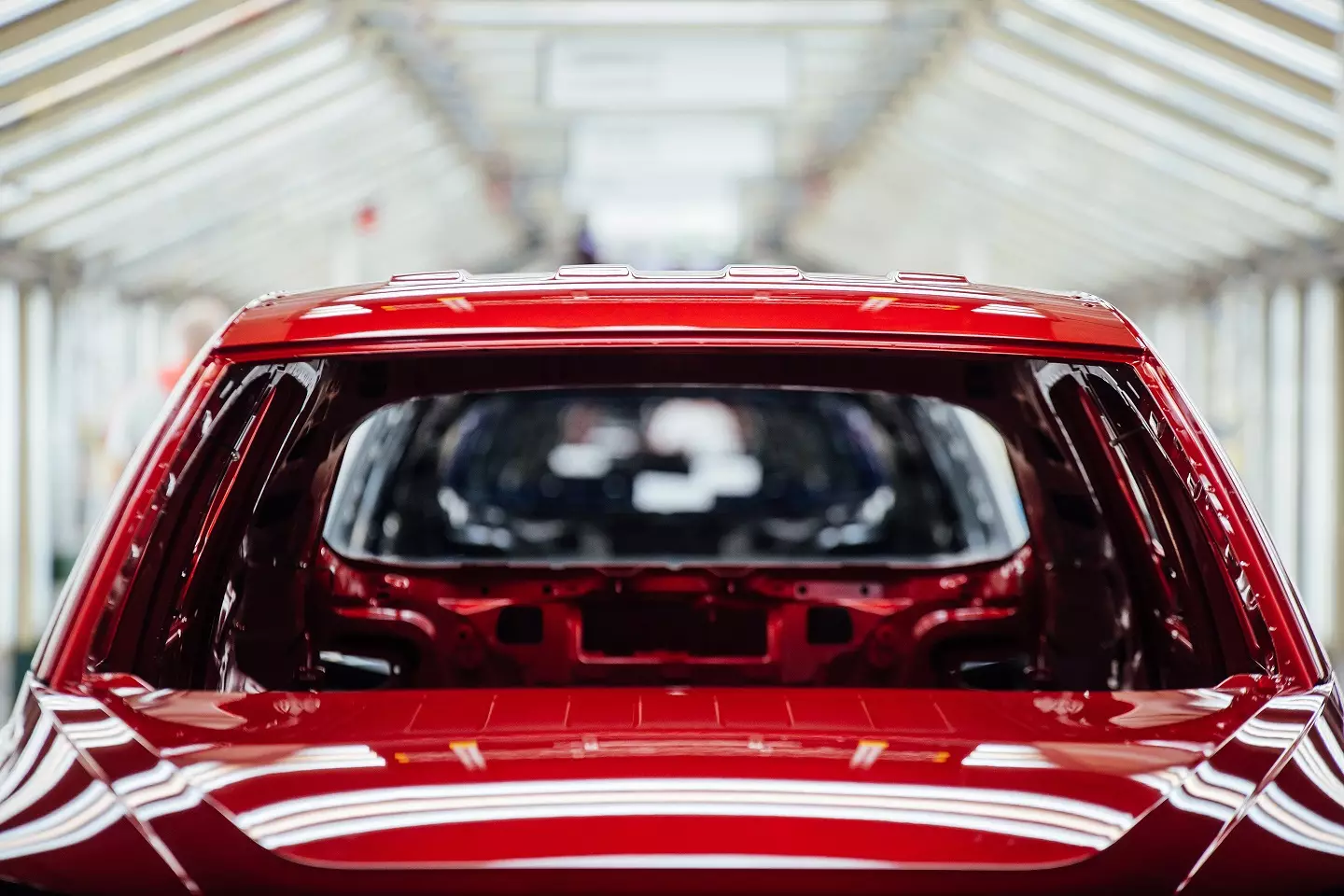Three years of research and sensitivity to capture market trends: "The birth of a color starts here" , reveals Jordi Font of SEAT's Color&Trim department. This trip begins with a market study and ends with the application of paint to the vehicle. A process that we can follow in this featured video.
The Science Behind a Pantone Color
In the laboratory, the mixtures that transform the creative act into a purely chemical exercise are made. In the case of the SEAT Arona chromatic range: “By mixing 50 different pigments and metallic particles, almost 100 variations of the same color were created in order to choose the most suitable shade”, explains Carol Gómez, from the Color&Trim department.

Colors are increasingly sophisticated and personalization is a clear trend
One example of this is the new SEAT Arona, which lets you choose from over 68 combinations.
From mathematical formulas to reality
Once chosen, the color has to be applied to the plate to confirm its applicability and the final visual effect produced. “Visual effects, sparkles and shading are tested on metal plates exposed to sunlight and shade to confirm that the color, when applied, corresponds to what was idealized”, adds Jesús Guzmán, from the department of Color&Trim.

From theory to practice
In the greenhouse, the cars are painted at a temperature between 21 and 25 degrees. In a fully automated process, 84 robots apply 2.5 kilos of paint over six hours to each vehicle. The paint booths have a ventilation system similar to the one used in operating rooms to prevent the entry of dust from the outside, thus preventing impurities from settling in the freshly applied paint.

In total, seven coats of paint, thin as a hair but hard as a rock, are dried in an oven at 140 degrees.
Once applied, 43 seconds are enough to confirm that there is no imperfection in the application of the paint. The vehicles go through a scanner that checks the regularity of the paintwork and the absence of impurities.
